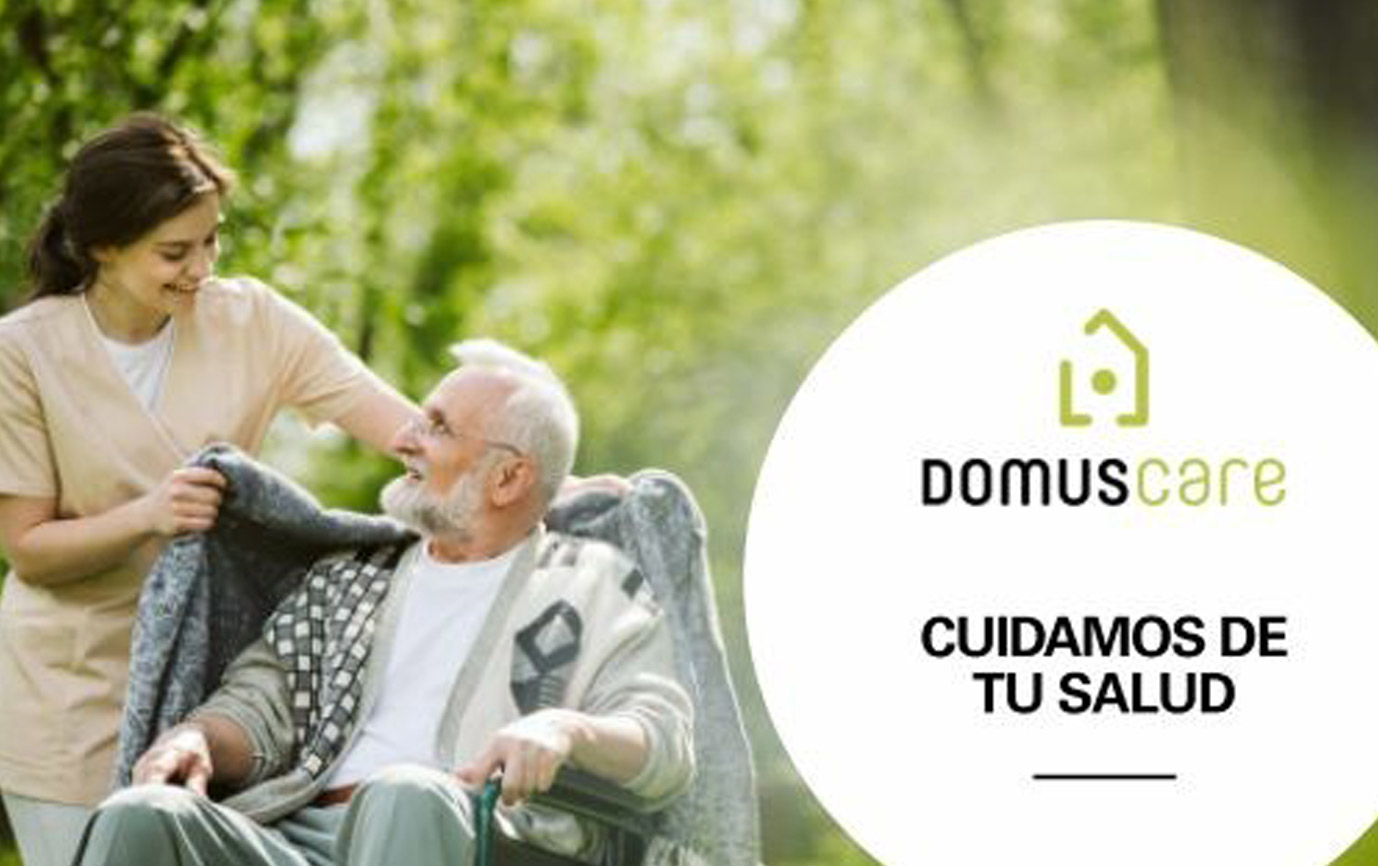Solutions and equipment designed to ensure maximum hygiene in a residential care home laundry
Every day, residential care homes for the elderly have to deal with hundreds of garments, belonging to both the staff and residents. Garments which have to be washed, dried, ironed and returned to the user.
As this is a secondary task, it often does not receive the importance it deserves. Clothes have an influence on the welfare of the residents and families, in terms of both hygiene and sentiment, as clothes are very personal items, belonging to the residents and in some way defining them.
Sorting clothes, a complicated task
The task that takes up most time in care home laundries is that of identifying the clothes belonging to each user.
Suppose there are 80 people living together in a nursing home, each one with an average of 100 items of clothing, giving a total of approximately 8000 garments.
Even though each of the garments is correctly marked with the name of the owner, between 3-7% of errors are estimated to occur when the clothes are being sorted.
Based on the same figures, a home in which 80 people live together, approximately 245 garments are washed every day. Assuming a minimum error rate of only 3%, this is equivalent to a total of seven garments a day which are not correctly classified… If this figure is multiplied by 261 days of laundry per year, there will be approximately 1827 items that may result in complaints.
This results in losses of garments which lead to bad feelings and even conflicts between the home and the users or their families.
Radiofrequency (RFID) has arrived to make this task easier. When this technology is applied to laundries, it helps to streamline the sorting procedure and to reduce the number of mislaid and lost garments to 0%.

What is RFID technology?
Radiofrequency (RFID) is a technology which permits the identification of an object using a tag and an aerial which communicate via radio waves. This permits high reading speeds and distances, unlike bar codes, where the infrared must view the code directly.
In the textile sector, tiny tags are used that are incorporated into the garment and are almost imperceptible. These tags are specially designed to withstand hundreds of washes, as they are not damaged by water or chemical agents.
Benefits of using radiofrequency in a residential care home for the elderly
The introduction of RFID technology in residential care home laundries will ensure:
- All the garments are correctly marked using a reliable and permanent system. Each resident will have all their clothes correctly identified.
- A real time inventory of all the garments of the residents.
- The reduction of the number of lost or mislaid garments to 0%.
- Total control of all the garments. Traceability: date of entry (registration when the families deliver the items of clothing) and location of the garments.
- Information about the number of times the garment has been washed or sewn. This makes it possible to assess the wear and need for replacement of a garment.
- Savings in time. The complicated procedure for sorting the garments by resident is significantly streamlined; the time wasted on handling complaints about losses at different staff levels and the costs to the home of replacing the garments is also avoided.
- Savings in time for the residents’ family who longer have to spend time sewing name tapes onto the clothes. Peace of mind for the family that the residents’ clothes will not be lost or end up with another user. This could be a differentiating factor when selecting a residential care home.
- All the information on a digital platform in real time, with different levels of access: management, family, persons responsible for the clothing, laundry… These access levels are defined according to the structure and requirements of the management of each home or group of homes.

Are many changes required in the laundry in order to be able to use the RFID technology?
No, it is quick and easy to start to use RFID with the help of a professional company. No major changes or work are required. It is only necessary to install a sorting table and insert a microchip in the garment.
From then on, and with the help of software installed in the computer, it is possible to start using the technology.
Other uses of RFID in residential care homes
In addition to the above advantages, there are other uses which may also be of great benefit:
- Wander management: Depending on the resident’s profile, it is possible to activate alarms in the event of elopement attempts, notifying the staff at the home, before the resident actually leaves.
- Control of access to rooms or restricted areas: It is possible to control which doors open or not according to the resident, making accesses safe and preventing possible thefts from rooms. It can also give people confined to wheelchairs more autonomy, as doors will open or close automatically according to the established authorisations.
If you need more information or have any questions, please do not hesitate to contact us at the following email: export@domuslaundry.com We will be delighted to help you.
